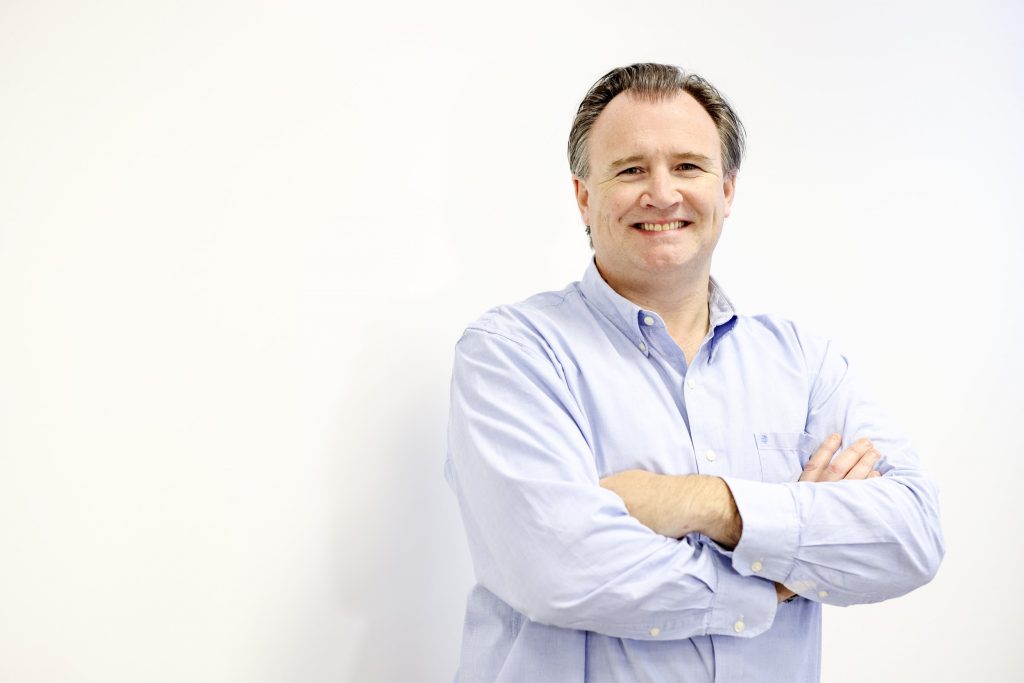Digital twins on the manufacturing menu – with help from the hyperscalers
SOURCE: HTTPS://WWW.IOTTECHNEWS.COM/
NOV 16, 2023
Podcast: The tunnelling revolution
SOURCE: GEPLUS.CO.UK
JAN 14, 2022

Breaking Ground's latest episode looks at Hypertunnel, an infrastructure start-up which aims to reimagine the world of underground construction through artificial intelligence, machine learning and swarm robotics.
In this episode of the podcast, host Steve Hadley is joined by Patrick Lane-Nott, Hypertunnel’s director of engineering.
Discussing the history of tunnelling, Lane-Nott says that the main elements of tunnelling using a tunnel boring machine (TBM) have remained the same for almost 100 years. While small iterations have been developed, nothing major has come along to challenge dominant techniques.
Hypertunnel, on the other hand, aims to approach tunnelling “in a very different way to current methods” and make it faster, safer and cheaper, Lane-Nott explains.
It's key element is using semi-autonomous robots to dig tunnels.
Lane-Nott compares the robots' process to that of worker bees or termites creating huge structures underground from small fragments.
He says: “In the same way we want to send our bots in a controlled manner to do their work at a given location. They’re communicating with themselves - not just in their own pipe but pipe to pipe - because the pipes are close enough that we can create that mesh network between them. They’re all aware of what the others are doing."
The process is explained in detail in this hyperTunnel video.
The technology means that no humans are needed in the environment in Hypertunnel’s construction and excavation phase, unlike with conventional TBM work which involves “having people at the cutting face”.
The swarm technology also reduces the risk of single point failures, because if one robot goes down, "you’ve got thousands of them operating so that one can be removed from the system and replaced".
Digital twin technology is key to Hypertunnel’s whole process. Lane-Knott used technology reminiscent of digital twins in his Formula 1 work doing simulations to improve products. With Hypertunnel’s technology, data is similarly crucial for “all aspects of the process”.
“Data is good for analysis of what’s gone before so you can improve processes in the future,” he adds.
Lane-Nott also discusses the other benefits of the technology - for example, how Hypertunnel eliminates the need to prepare for the unexpected.
The start-up is unique in having a team made up of people from many different backgrounds and industries. Lane-Nott is a motorsport engineer – he spent 20 years working with Formula 1 and Le Mans teams around the world.
Others on the team come from academia, aviation, renewables and defence industries. In fact, no one on the core engineering team has a background specifically in tunnelling. Lane-Nott says this is so that they can “cross pollinate and bring some really fresh ideas into the challenge”.
You can listen to the latest episode of the Breaking Ground podcast here:
You can also subscribe to the podcast to make sure you never miss an episode. Listen to all episodes here.
Breaking Ground is supported by Ground Engineering magazine and the Ground Forum.
If your company is interested in sponsoring an episode, please get in touch with the sales team at Ground Engineering.
LATEST NEWS
WHAT'S TRENDING


Data Science
5 Imaginative Data Science Projects That Can Make Your Portfolio Stand Out
OCT 05, 2022

SOURCE: HTTPS://WWW.IOTTECHNEWS.COM/
NOV 16, 2023
SOURCE: HTTPS://AITHORITY.COM/
OCT 03, 2023
SOURCE: HTTPS://WWW.SCIENCEDAILY.COM/
AUG 08, 2023
SOURCE: HTTPS://WWW.GLOBALLOGIC.COM
JUL 06, 2023
SOURCE: HTTPS://INDIAAI.GOV.IN/ARTICLE/HOW-DIGITAL-TWIN-TECHNOLOGY-WILL-EVOLVE-IN-2023
JUL 04, 2023
SOURCE: HTTPS://WWW.CNBC.COM/2023/01/21/DIGITAL-TWINS-ARE-SET-FOR-RAPID-ADOPTION-IN-2023.HTML
JUN 30, 2023